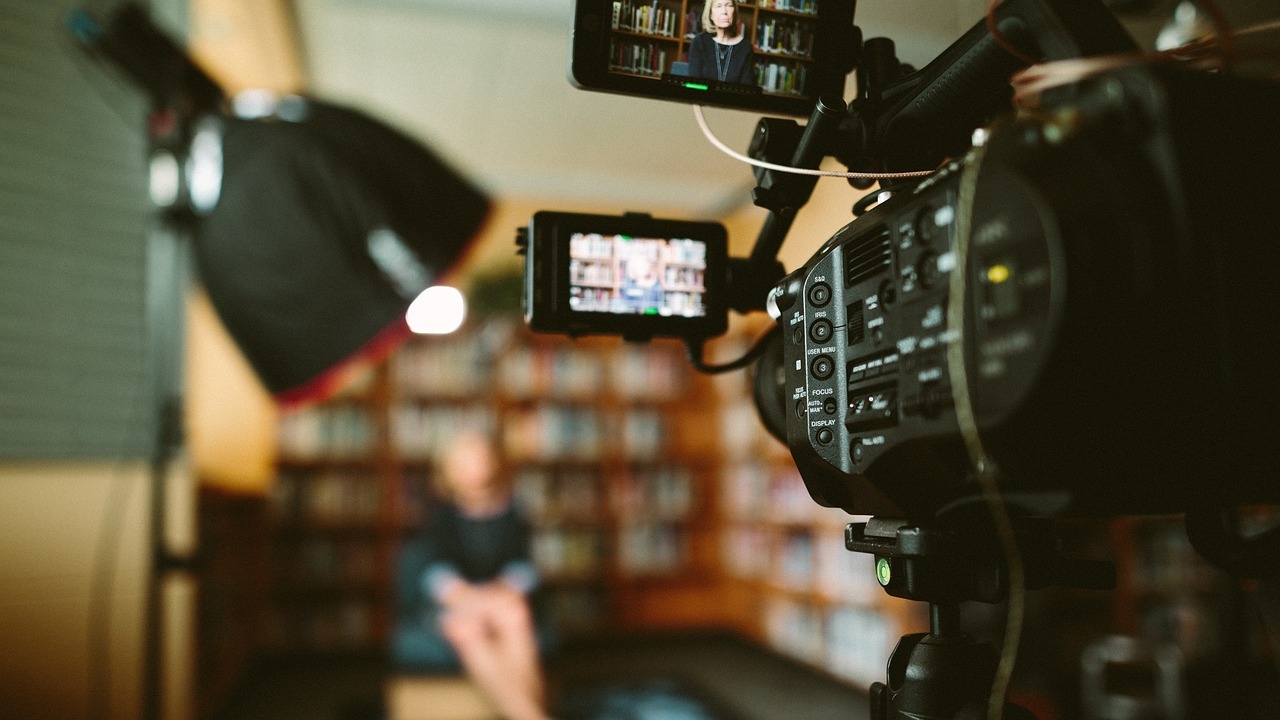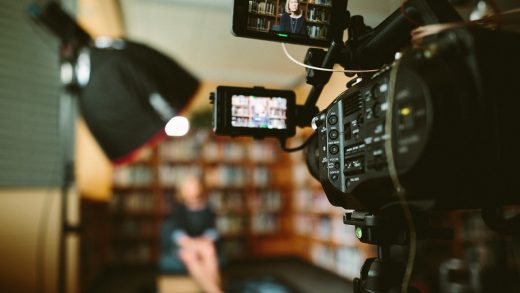What’s Trending in Video: The Next Authenticity
— December 11, 2017

StockSnap / Pixabay
I’ve heard it said that when people first started gathering around the fire, stories were there. Telling stories is one of the oldest forms of communication.
In recent years, a fresh fascination with the Polynesians has emerged. From Moana, Disney’s animated, musical, fantasy-adventure, to in-depth documentaries, we’ve been captivated by the Polynesians’ exploration of the Pacific Ocean. And, rightfully so. Stories passed down from generation to generation enabled their people to explore the most vast part of our world without the modern navigation tools we all take for granted.
Today, stories are such an important part of our entertainment and businesses, including how we market and sell our services. Anyone who knows me at all knows I’m a huge fan of Walt Disney and the legacy that he created. He was an amazing storyteller, not only through films and theme parks, but also in the way that he sold, acquired funding, and communicated ideas to his team. When the Walt Disney Company took on a new project, it was expected that Walt would introduce it with a story.
The evolution of storytelling
Over the last few decades, storytelling through marketing and advertising continued to push the limits of creativity and entertainment, but in many cases became less and less authentic. As marketers and communicators, we learned that people were growing weary of creative storytelling used to market or sell products and services. It wasn’t uncommon to hear someone ask, “What was that commercial even for?” A recent study claimed that only 3 percent of people surveyed felt advertisements were “very accurate.”1 That means 97 percent felt some level of distrust. Instead, people prefer recommendations or referrals from their friends over advertising.
Word-of-mouth advertising has always been powerful, but it became even more influential once we started carrying tiny computers in our pockets. As consumers grew weary of polished, commercial storytelling and advertising, a new form of storytelling, user-generated storytelling, became appealing. Real people could share their experiences, likes, and dislikes. And we’ve been eating it up. More videos are put online every year than the year before at an exponential rate.
But something else happens with that influx. Every major breakthrough in communication – newspapers, magazines, the telephone – hits a saturation point when the novelty begins to wear off. The fact that a video is user-generated is no longer enough to make it compelling within a sea of other user-generated content.
Connecting through relevancy
Earlier this year, I wrote about the interesting back and forth between production quality and quantity. This is a similar phenomenon. We definitely value the authenticity of user-generated content. But when there’s so much of it, it becomes challenging to choose what to watch. We can’t scroll more than a second on Facebook or LinkedIn without seeing a video of someone talking about something that’s important to them.
Now, there’s nothing inherently wrong with that, but we can’t consume everything. We have a limited amount of time, so what sets each piece of authentic content apart? The answer isn’t earth shattering; it’s personal. What’s relevant to each person and what do they care about?
Right now, many viewers are paying more attention than ever to topics like climate change, equality, food sourcing, and so on. These are stories that have the power to make a difference in the world. This very reason is why we decided to create Finding Hygge, our documentary. We saw so much interest in the concept of hygge, and we decided to find out more.
Great Big Story, an independent subsidiary of CNN, is one of my favorite examples to showcase the variety of content being created. Great Big Story creates videos for “smart and curious” viewers who are interested in content that is human and real. Not all of the stories are about people making the world a better place, but they all are authentic stories about things that matter to the viewer.
Real people doing things that matter is a trend not only in news-related or Buzzfeed style video content, but also in larger organizations. Organizations are creating corporate films or videos that showcase what they really stand for. Corporate responsibility initiatives and recruitment videos are showing the impact of the organization on the world.
Authenticity is still key, but it needs to be coupled with something that matters. The world wants to consume real and authentic content, but the novelty of user-generated and authenticity isn’t enough.
Organizations should focus on using video to share real and authentic stories about things that matter a lot to their audience, especially since video is inevitably a limited resource due to budget and time.
- What does my viewer really care about?
- How can I best communicate my message?
- How does that message coincide with what my viewer really cares about and what matters to them the most?
Digital & Social Articles on Business 2 Community
(14)









